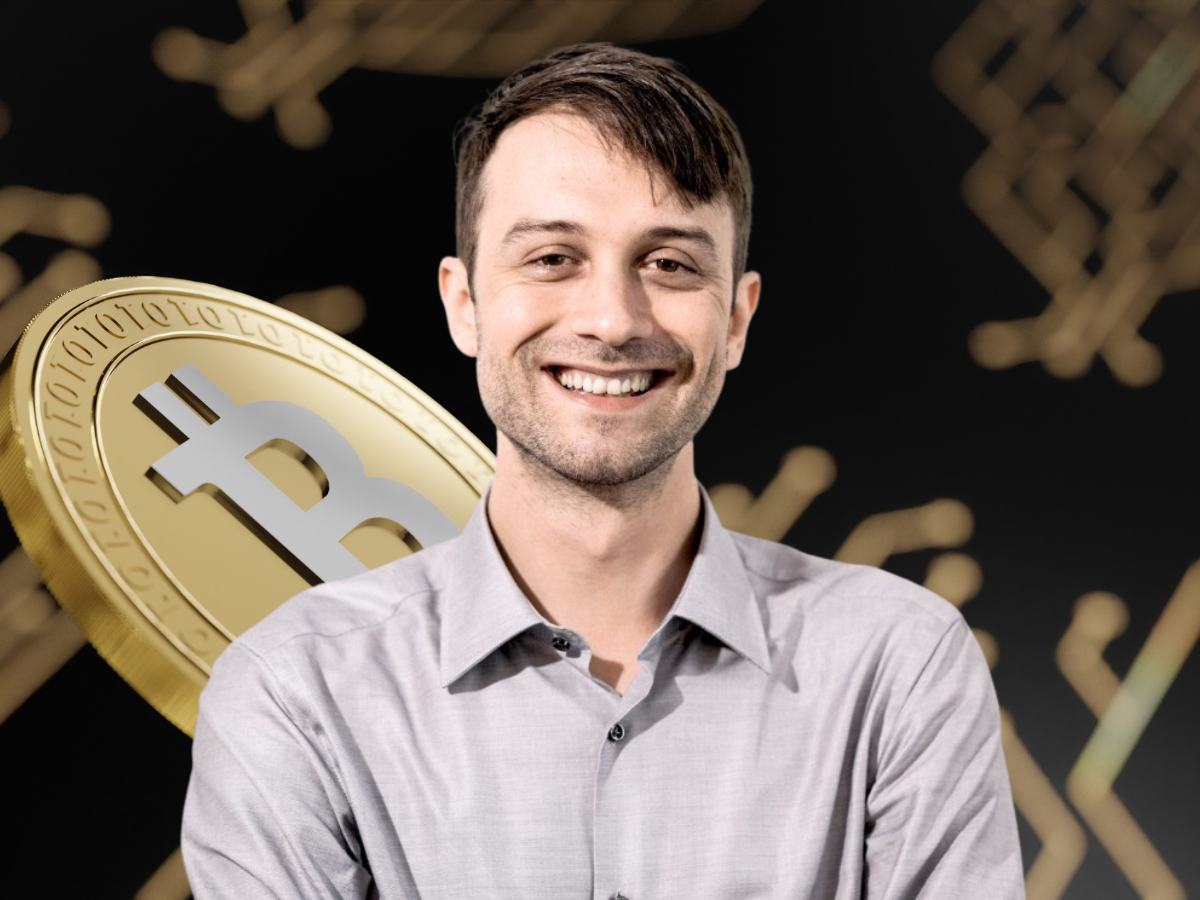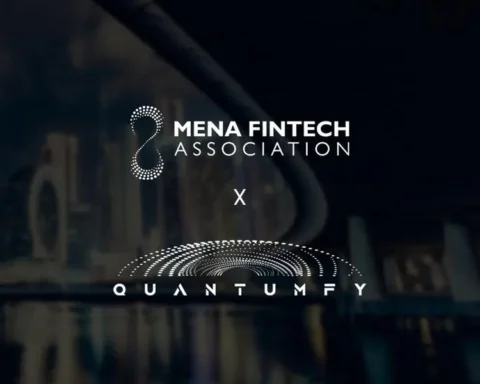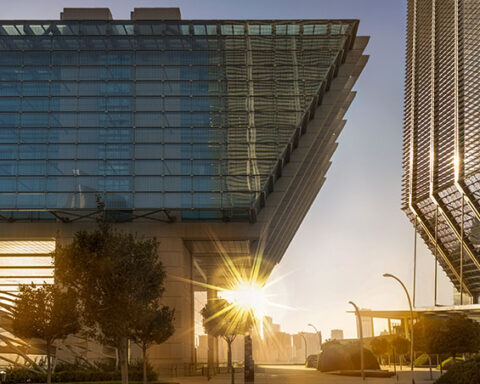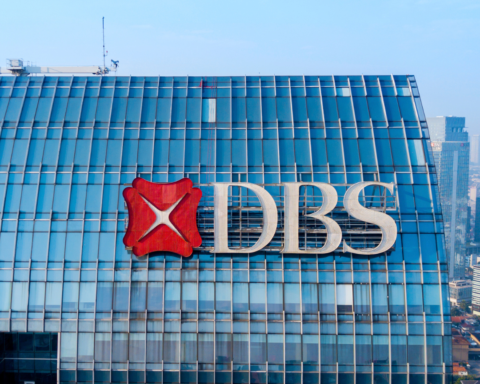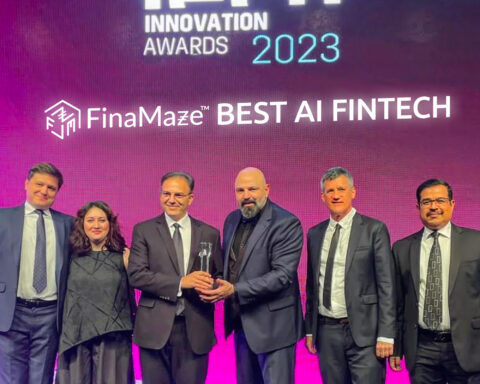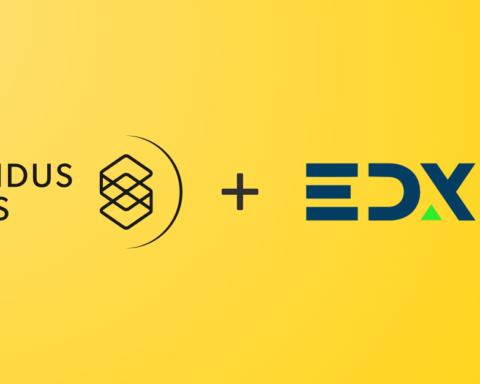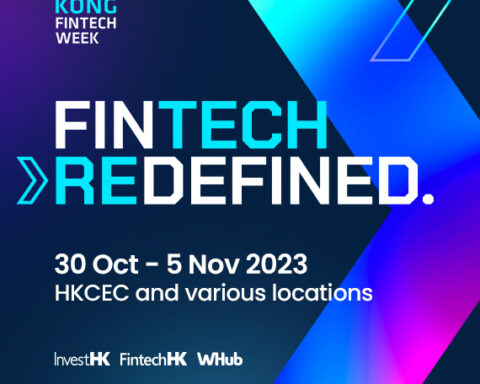In an exclusive interview, Ben Caselin, Chief Strategy Officer at crypto exchange MaskEX, discusses the company’s mission to promote mass adoption of digital assets, the importance of a holistic approach to this adoption, and how MaskEX is targeting the MENA and SEA regions. The exchange offers a comprehensive suite of products and services while working closely with regulators and governments. Caselin also shares insights on regulation, global expansion plans, and his perspective on Bitcoin’s recent surge.
MaskEX is on a mission to drive the mass adoption of digital assets. How do you see the future of digital assets, and what role do you see MaskEX playing?
When we talk about the ‘mass adoption’ of digital assets, we need to be quite holistic in our thinking. Of course, in essence, it refers to the idea that the majority of our economic activities come to be organized on the blockchain, or perhaps that humanity moves onto a Bitcoin Standard. However, at this early stage in the industry’s development, mass adoption needs to be more flexible at the conceptual level. So, we can think of people from all walks of life coming into the virtual asset space with different needs and varying levels of understanding; from so-called accredited investors, traders and hype-driven speculators to digital nomads who need easy payment solutions to everyday people who simply never had access to modern finance.
In this context, MaskEX offers a pretty comprehensive suite of products and services around digital assets, from spot and perpetuals to a wide range of fiat to crypto on- and off-ramps, including VISA-powered virtual cards. We are primarily targeting the MENA and SEA regions, working with institutional partners, but also building out the foundation for retail growth.
Because we enjoy a strong network of support, MaskEX holds a unique position, especially in the MENA region. And so, if we think of Coinbase as being on the US side and we place Binance, along with a few other big exchanges on the APAC side, then in due time MaskEX will certainly come to represent the MENA region as among the top-tier players.
I believe this is part of a healthy growth process of regional consolidation in the exchange space, where we can see different regions proliferate and liquidity become more regionally distributed. If we compare this to a decade ago, when more than 80% of all bitcoin spot trading occurred on one single exchange, namely Mt. Gox, then we’ve come a long way.
The digital asset industry is highly competitive, with new exchanges popping up every day. What sets MaskEX apart from its competitors, and how do you stay ahead of the curve?
While it’s true that there are hundreds of exchanges, both centralized and decentralized, throughout the years we’ve also seen the demise of many, from Mt. Gox to FTX, and we should expect such “culling” to continue for quite some time still.
Best practices are still being articulated and regulators are still finding their way into this industry, but at the same time we can see consolidation happening. It’s important now that as an industry we don’t regress to some form of monopoly, but instead build strong consolidated liquidity pools across different regions.
With MaskEX, we’ve invested heavily in our technology stack to make sure our systems are sound and robust. The exchange has a strong capital base with no reliance whatsoever on some kind of FTT-like platform token. Additionally, we take our relationships with regulators and governments seriously and we’re fully audited, which is crucial to long-term growth. This is something that will prove to be a very significant differentiator in the months to come.
Our approach enables us to offer a very comprehensive suite of products and services, some of which I am not able to disclose yet. Notable products are our VISA-enabled virtual card, which enables users to make online and offline payments with USDT for back-end settlement. More than digital assets alone, MaskEX also offers ample exposure to both US and Hong Kong stocks. Over the coming months, users will also be able to access more efficient fiat channels, at highly competitive rates.
Regulation is a hot topic in the digital asset industry. What is your take on regulation, and how do you see it impacting the industry and MaskEX specifically?
We have to look at these things at different levels of analysis. At a high level, if we take the bitcoin protocol, we can see it is already highly regulated by its own code and by a global community of miners and nodes. How Bitcoin operates is outside the scope of government and the usual arbiters of power – instead Bitcoin is decentralized and in the hands of many, never the few.
However, how is bitcoin presented to the public and promoted? Are people able to access reliable information to guard themselves against scam projects and Ponzi schemes? How are crypto tokens traded across different markets and how do we ensure these markets are free from manipulation? How is custody organized for both bitcoin and other crypto assets? In what ways are stablecoins protected against market stress and how can we ensure the underlying assets are actually in place to justify the peg? How do we ensure that crypto assets are not used for nefarious purposes without trying to bring it under the legacy fiat system which is itself famously susceptible to the very malpractice crypto is often accused of facilitating?
Obviously, at this stage in the development of the industry, it is very important to work closely with regulators and government bodies to come to a common view. In fact, such collaboration opens doors or, more specifically, they open the fiat channels necessary for the masses to transition into this newly emerging economy.
MaskEX recently announced its global expansion efforts. Can you tell us more about your plans for expansion, and which regions you are most excited about entering?
We are currently focused primarily on the MENA, CIS and SEA regions. The Middle East is especially ripe for disruption with Dubai, Abu Dhabi and the UAE at large leading in providing the most favorable conditions for innovation and adoption. In this context, we recently received the initial approval from the regulator in Dubai as part of our application for the full trade license. Once we do bring in this license, we will be able to unlock the opportunities that will prove to be game-changing.
Each jurisdiction has its own challenges and opportunities. In El Salvador, for example, there was a clear incentive to adopt bitcoin as legal tender to optimize remittances and reduce exposure to US fiscal policies. Hong Kong recently altered its stance and is rapidly opening up to the digital assets economy – this obviously serves to underscore Hong Kong’s positioning as a global financial hub between Mainland China and global financial centers in the West. It’s good to remember that despite more restrictive rules in the Mainland, Hong Kong’s bold move would not have happened without Beijing’s endorsement.
When we look at the UAE, it’s all about digitalisation and futurism. In adopting digital assets, the UAE will be able to further innovate around the concept of the “smart city”, boost its reach and influence in the wider region, optimize across remittances, payments, business, real estate and global trade, and attract foreign investment.
Bitcoin has been a hot topic in the news lately, with its price skyrocketing to new highs. What is your perspective on Bitcoin’s recent surge, and how do you see it impacting the digital asset industry?
Bitcoin remains one of the most important innovations of the century. We should applaud experimentation with blockchain, but we should not subscribe to the false idea that bitcoin is like the MySpace of the Internet – as if to say it has lost relevance. This is a narrative that some VCs, crypto exchanges and professors might want to push, mostly in service of their own needs and aspirations, but let us not be fooled.
Bitcoin is the reserve asset, the core index that underlies the entire crypto market and industry. It serves as a shield for the rest of the market and is the final safe haven. It exists as a viable and working alternative to the legacy system and as an antidote to monetary debasement.
Bitcoin has cautiously picked up some momentum again, especially since US banks have been under great duress, and since inflation is soaring almost everywhere. But let’s not be too focused on price at this time just yet.
Indeed “bitcoin is volatile”, but let us not fall in the trap of mistaking bitcoin’s volatility for anything else but the erratic policies of some Central Banks and the fact that the general public is only gradually coming to grips with deeper questions around the nature of money.
Wider market uptake across different types of digital assets, from new Layer 1 protocols or memecoins, can be attributed to the same underlying factors. It will take time for true price discovery to play out and only then can we see which protocols and projects have real staying-power.
These coming 12 to 18 months might prove to be the most interesting time in the digital asset space both in terms of resistance against its rise as well as the great strides made by those who strategically align themselves with this new ethos.
Ben Caselin is Vice President and Chief Strategy Officer of Crypto Exchange, MaskEX, headquartered in Dubai.



